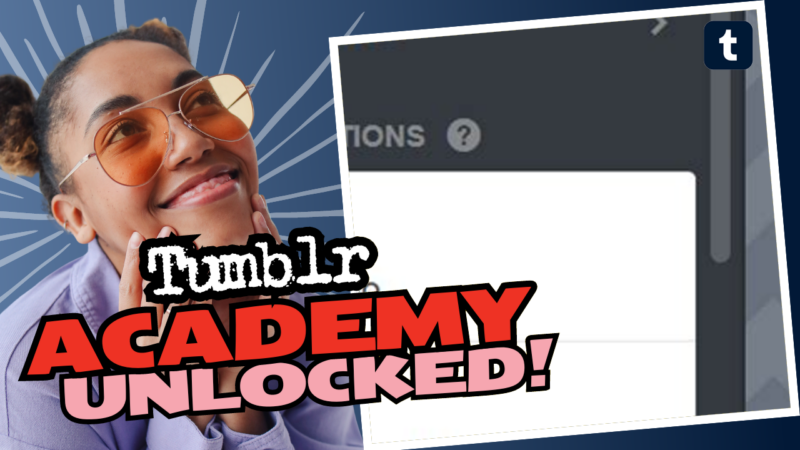Decoding the Mystery: Different Descriptions for Tumblr Themes
Ah, Tumblr—the whimsical land of GIFs, art, and existential musings! But let’s get real for a second, you’ve stumbled into a bit of a pickle, haven’t you? You want your Tumblr theme description to look glamorous across all devices, but you’re grappling with the fact that the mobile description looks like it was styled by a disgruntled raccoon rummaging through a trash can. Fear not, my fellow Tumblr traveler! I’m here to spill the tea (and by tea, I mean juicy HTML tips) on how to conquer this challenge!
First things first, let’s figure out where you might be going wrong. One common hiccup involves the visibility of your blog. Are you set to show content only to logged-in users? If yes, *you’re already starting on the wrong foot.* The option to customize your blog is often tied to visibility—if people can’t see your beautiful content, how can you expect to jazz it up? Make sure your blog is visible to everyone, even those poor souls too stubborn to log into Tumblr. Once you’ve got that sorted, we can move on.
Next, let’s talk about where you’re trying to edit this elusive description. Are you navigating the app on your phone or working from the comforting glow of a desktop? Understanding this distinction is crucial. You may find that certain formatting options only come to life on the web version. If you already have a pre-existing description somewhere in your layout (like a well-meaning lost pet), you might need to give it a makeover using CSS rather than just standard HTML.
Feeling brave? Here’s the lowdown! If you’re itching to customize using HTML, you can whip up some style tags. Check this out:
<font style=”font-size: 12px”>Your dazzling text here</font>
Or perhaps you’re more into the paragraph vibe? Go ahead and replace the ‘font’ tag with ‘P’ for something snazzier:
<p style=”font-size:12px”>Your splendid text here</p>
And if you’re a fan of span, we got you covered:
<span style=”font-size:12px”>Your mini masterpiece here</span>
If all else fails, you’ll want to dig into your layout’s {Description} tag. Tumblr isn’t what it used to be (thanks a lot, modernity), and changes have come and gone like an out-of-style fashion trend. So, why not try this trick? Stick this little beauty in the head of your HTML document:
<style> .example p { color: blue; padding-top: 5px; } </style>
Let’s say you find a paragraph tag with your profile information, here’s how you can sprinkle some magic:
<p style=”color:blue; padding-top:5px;”>Your radiant self-description here</p>
So there you have it, my creative comrade! If you encounter more tangled webs of confusion, or if you’re just looking for answers to satisfy your curiosity about Tumblr theme descriptions, don’t hesitate to reach out to us. We’re here to help you untangle your Tumblr dreams and make sure they don’t turn into nightmares! Just click on live connect and let’s tackle those tech troubles together!









